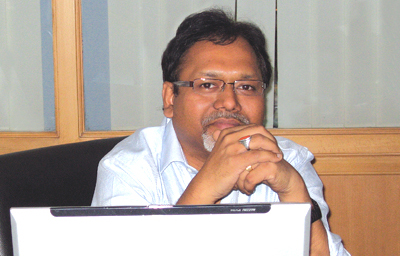INDIAN ARMED FORCES CHIEFS ON
OUR RELENTLESS AND FOCUSED PUBLISHING EFFORTS

SP Guide Publications puts forth a well compiled articulation of issues, pursuits and accomplishments of the Indian Army, over the years

I am confident that SP Guide Publications would continue to inform, inspire and influence.

My compliments to SP Guide Publications for informative and credible reportage on contemporary aerospace issues over the past six decades.
A Word from Editor

As the country decides on which of the two European fighters is chosen for the medium multi-role combat aircraft contract, there is now an US offer for the F-35 joint strike fighter, lower in cost than the two finalists
One of the major challenges of the economic surge in India has been how to handle this phenomenal growth. The aviation sector is faced with this scenario and it is here that the wisdom of the government in formulating policies comes to the fore. Liberalised policies go a long way in encouraging growth. The policies have to be proactive and here it needs to be mentioned how while the Terminal 3 (T3) at Delhi Airport showcases international class to the world, there are still niggling issues which the airlines are not comfortable with. Kingfisher Airlines and Jet Airways have approached the Ministry of Civil Aviation wanting to move back to Terminal 1D as they find the cost of operations, particularly the price of fuel at T3, very high. These have to be amicably sorted out.
The general aviation sector which is in the cusp of growth is faced with several challenges. The President of Business Aircraft Operators Association, Rohit Kapur in the article “Are We Ready?” has clearly outlined what needs to be done by the authorities, if India has to be a favoured destination for all general and business aviation (GBA) aircraft manufacturers in the coming decade. India is expected to have approximately 2,000 GBA aircraft by 2020. The biggest challenge is that the country lacks infrastructure and worse that there is no planning for infrastructure.
In another article, A.K. Sachdev mentions that the foremost impediment to corporate aviation has been purchase of aircraft, caught up in regulatory imbroglio. Echoing similar concerns as Rohit Kapur, he mentions how the corporate aviation sector has to contend with lack of infrastructure; no fixed based operators, ineffective ground handling systems, etc.
With the prospect of phenomenal growth of the aviation sector, the government has no doubt embarked upon modernisation of airports, albeit the pace is not as desired. R.Chandrakanth writes about how with low cost carriers gaining currency, secondary and tertiary airports will get increasingly active in the years to come. There are 136 airports in the country and once properly networked, sustaining the economic growth momentum will become easier.
Moving from civil aviation to defence, Air Marshal (Retd) B.K.Pandey opines that even as the country decides on which of the two European fighters is chosen for the medium multirole combat aircraft (MMRCA) contract, there is now an US offer for the F-35 joint strike fighter, lower in cost than the two finalists. In an exclusive interview with SP’s Aviation, Lockheed Martin has clarified that the fifth generation fighter F-35 is highly affordable and have an average unit recurring flyaway price of $65 million ( Rs. 292.5 crore) in 2010 dollars.
Air Marshal (Retd) V.K.Bhatia makes a case for the IAF to improve its proactive surveillance capabilities by acquiring more capable and more persistent platforms both manned and unmanned aerial vehicles and space-based satellites of all types. The upgradation of Mirage 2000 would usher in state-of-the-art technologies with modern radar, weapons and electronic warfare capabilities. But the way the contract is structured, it would take seven to eight years from now for its completion, which means it could be the end of 2018 by the time the 51st aircraft is configured into its new avatar.
In both military and commercial aviation, the wisdom and foresight of the government is required and required urgently.





